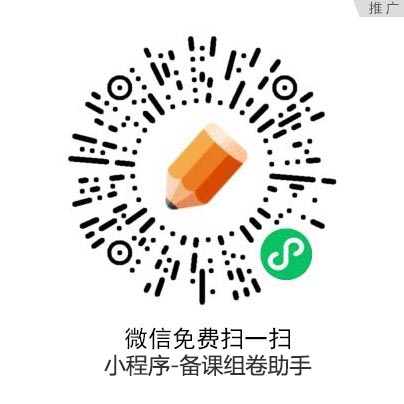试题详情
阅读理解
If you've noticed you're getting less while your bill almost stays the same, it's not just you."Shrinkflation"—reducing a product's size or quantity while keeping its price stable is showing up in shops around the world.
As the global economy struggles with inflation (通货膨胀), rising material costs and higher human cost, consumers are bearing the increasing production prices. "Consumers are more likely to notice how their purchases are affecting their wallets than the amount of product lost' when sizes decrease," says Mark Stiving, the chief pricing educator at Impact Pricing. As a result, companies use shrinkflation to make consumers "less painful"
Yet even as shrinkflation comes with inflation, the problem doesn't end after inflation does. Once the new sizes are on the shelf, they are likely to stay that way. "Shoppers don't have a choice. They have to adapt themselves to the changes," adds Stiving. There are rare exceptions, but companies generally take the opportunity to get more profits.
For many companies, shrinkflation seems to be unavoidable. In food industry, for example, where customers are highly sensitive to price, lifting prices might make customers jump ship to another brand. But facing the continuous inflation, the companies have to do something to maintain their profits. Introducing small reduction in the size of their goods should enable them to improve profits while keeping their prices competitive.
But once customers notice the change, they might feel fooled, leading to a loss of trust and confidence.
Some grocers are using stickers to remind shoppers of shrinkflation, but still, it's a tough hit to the bottom line一especially because the price of products generally doesn't fall as inflation does. Consumers may need to examine both price and size sensibly as they shop, and make sure they don't fall into the trap of that supersize on the shelf.
试题所涉知识点




